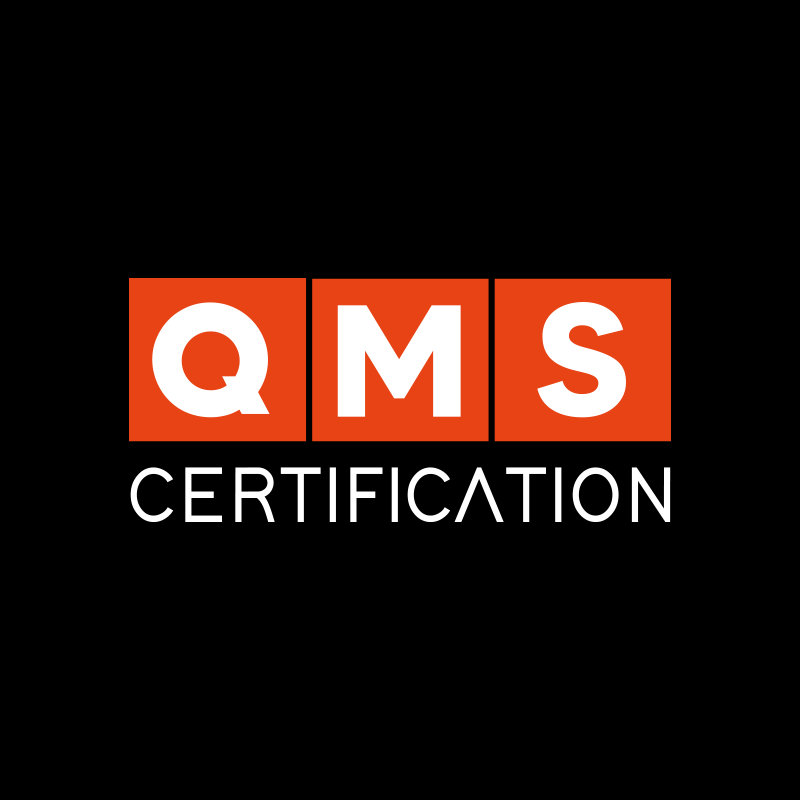To achieve the expected performance, procurement compliance must be well structured. According to a survey conducted by PricewaterhouseCoopers (PwC), with 7,200 participants from 123 countries, half of the companies faced financial crimes. The procurement department is one of the most affected, with 34% of frauds occurring in this area, second only to asset misappropriation (51%).
Given these numbers, it’s easy to understand the importance of integrating compliance practices into the procurement function, starting with contract development that includes anti-corruption and anti-bribery clauses. The company’s code of ethics should also be part of these contracts, emphasizing a commitment to transparency and integrity. An important practice is the implementation of internal policies prohibiting buyers from accepting gifts or gratuities, minimizing the risk of undue external influence on purchasing decisions.
In addition, implementing rigorous due diligence—especially for critical suppliers—is essential. It’s important to assess the reputation and compliance history of these suppliers to mitigate risks before closing any contracts. Procurement processes must also be regularly audited to ensure they remain in compliance with internal and external regulations.
Another key point is the interaction between the procurement department and other areas of the company, such as legal and finance. This facilitates alignment of contracts and suppliers with applicable regulations and helps prevent conflicts of interest and improper practices such as bribery or fraud. Moreover, the use of monitoring technologies—such as ERPs and compliance systems—enables more precise control over the supplier portfolio and their performance.
Employee training is another essential pillar for building an organizational culture that prioritizes ethics and transparency, while keeping everyone informed about legal implications and market best practices.
So, how do you create a compliance policy for procurement?
First, the compliance policy must include a rigorous evaluation of suppliers, prioritizing risk analysis such as the likelihood of fraud, corruption, and conflicts of interest. Due diligence is essential to identify issues before entering into any agreements.
Additionally, the policy should establish clear rules for procurement processes—from supplier selection to the definition of quotation and contracting criteria. For example, at least three quotes should be required for larger purchases to ensure pricing aligns with market standards and supplier choice is justified.
Transparency should also be reinforced with a Code of Ethics to guide the behavior of those involved in purchasing activities, including the prohibition of accepting gifts or gratuities from suppliers.
Another important aspect is integrating the procurement department with other company areas, such as legal and finance, so that contracts and suppliers comply with internal policies and external regulations.
Finally, the compliance policy must be supported by regular training for all employees involved in procurement to ensure they know how to apply the rules and to strengthen the company’s compliance culture.
Conclusion
The compliance policy in the procurement department must be dynamic, focused on minimizing legal, behavioral, and financial risks, while promoting a culture of integrity that directly impacts market trust and company reputation. Adopting these practices is essential to building an ethical, transparent, and responsible business environment.










